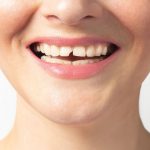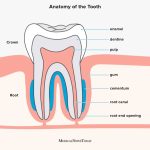Why Extracting the First Molar Can Impact Your Oral Health: Understanding the Consequences for Your Teeth
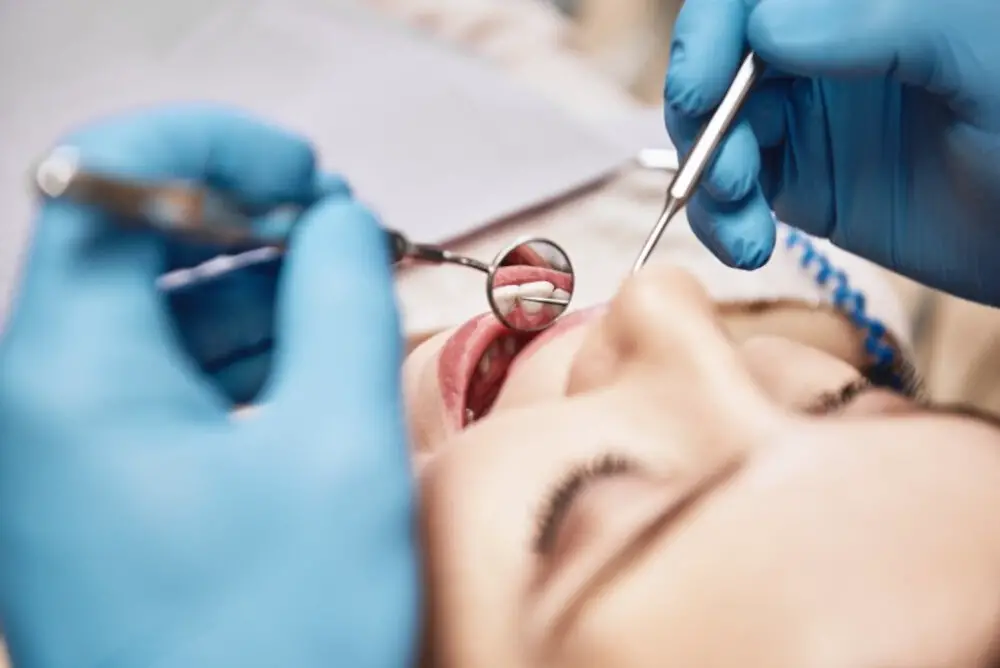
The first molar is one of the most important teeth in the human mouth. It is responsible for grinding and chewing food, making it an essential part of the digestive process. Unfortunately, many people may not realize the impact of extracting this tooth on their oral health. While it may seem like a simple solution to a dental problem, removing the first molar can have severe consequences for the health of your teeth and gums. One of the most significant consequences of removing the first molar is that it can cause shifting of the surrounding teeth. The teeth around the extracted molar may start to move towards the empty space, causing misalignment and overcrowding in the mouth. This can lead to a host of other dental issues, including bite problems, gum disease, and even jaw pain. It is essential to understand the potential consequences of removing the first molar and work with your dentist to explore alternative treatments that may be less harmful to your overall oral health.
The first molars are essential teeth that play a significant role in the proper functioning of the mouth. Positioned at the back of the mouth, these teeth are responsible for grinding and chewing food, which is essential for proper digestion. In addition to their primary function, first molars also provide support to adjacent teeth, maintaining the jaw’s structural integrity. Extracting these teeth can have serious consequences for oral health, leading to misalignment of other teeth, bone loss, and the inability to chew food properly. It is essential to understand the importance of first molars and the risks associated with their removal to avoid permanent damage to the teeth and gums.
The purpose of the article \Why Extracting the First Molar Can Impact Your Oral Health: Understanding the Consequences for Your Teeth\ is to provide readers with a comprehensive understanding of the potential risks and consequences associated with the extraction of first molars. The article delves into the critical role that first molars play in maintaining the proper alignment and spacing of teeth, as well as the impact that their removal can have on the overall health of the mouth. Through a thorough examination of the potential risks and complications associated with the extraction process, the article aims to educate readers on the importance of preserving the natural structure of their teeth whenever possible, and the potential long-term consequences of failing to do so.
What are first molars?

First molars are the large, flat teeth located at the back of the mouth in the upper and lower jaw. These teeth are the first permanent teeth to erupt in the mouth, usually around the age of 6. They have four cusps, or points, on their chewing surface that allow them to crush and grind food. First molars play a crucial role in the overall function of the mouth and are essential for maintaining proper dental alignment and bite. If a first molar is extracted, it can have significant consequences for oral health. The extraction of a first molar can cause the surrounding teeth to shift and move, resulting in misalignment and bite issues. Additionally, the loss of a first molar can lead to bone loss in the jaw and a weakened jaw structure. This can cause a cascade of dental problems, including the loss of other teeth and additional bone loss. Therefore, it is essential to maintain healthy first molars and address any dental issues as soon as they arise to avoid the need for extraction.
The first molars, also known as the six-year molars, are located at the back of the mouth, between the second premolars and the second molars. These molars are the largest and strongest teeth in the mouth, and they play a crucial role in chewing and grinding food. They have four cusps, or raised areas, on the biting surface that help them break down tough, fibrous foods. The first molars are permanent teeth that typically emerge around the age of six, and they are essential for maintaining proper dental alignment and occlusion. However, if they become damaged or infected, extraction may be necessary, which can have significant consequences for overall oral health.
The first molar plays a crucial role in the mouth by helping to break down and grind food during the chewing process. This tooth is located towards the back of the mouth and is responsible for providing structural support to the jawbone. If the first molar is extracted, it can cause a shifting in the surrounding teeth, leading to misalignment and potential overcrowding. Additionally, the loss of this tooth can impact the overall integrity of the jawbone, causing it to weaken over time. This can lead to further tooth loss and potential complications with oral health. Therefore, it is important to understand the consequences of extracting the first molar and to consider alternative options before undergoing such a procedure.
Reasons for first molar extraction
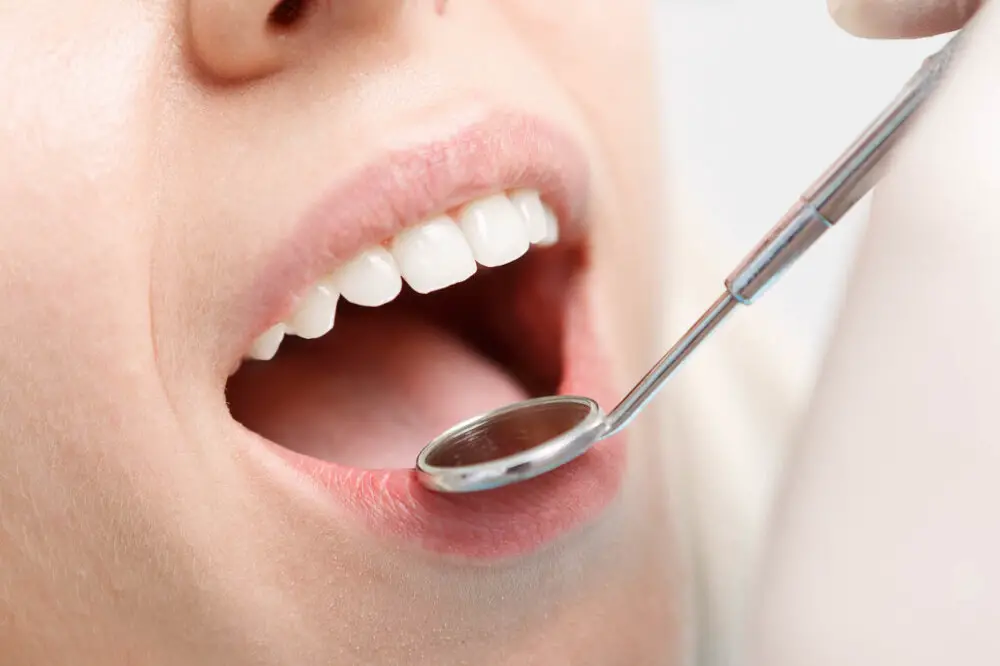
The first molar is a vital tooth in the human mouth, playing an essential role in biting, chewing, and grinding food. Unfortunately, there are several reasons why a dentist may recommend extracting this tooth. The first and most common reason is tooth decay. Decay can spread to the tooth’s pulp, causing severe pain, infection, and even tooth loss. If the decay is too extensive, the tooth may not be able to be saved, and extraction becomes necessary. Another reason for first molar extraction is gum disease. When gum disease is left untreated, it can cause the jawbone to deteriorate, leading to tooth mobility and eventual tooth loss. If the first molar is affected, it may need to be extracted to prevent further damage to the surrounding teeth and oral structures. Additionally, if the tooth is impacted, meaning it is stuck beneath the gum line and cannot emerge, it may need to be extracted to prevent infection and other complications. Overall, while extraction of the first molar may seem daunting, it is often necessary to maintain proper oral health and prevent further complications.
The first molars, also known as the six-year molars, are the most commonly extracted teeth among adults. There are several reasons for extracting these teeth, including severe decay, advanced gum disease, overcrowding, and malocclusion. In some cases, the first molars may need to be removed to make room for orthodontic treatment or to prevent damage to adjacent teeth. However, removing these teeth can have significant consequences for oral health, including changes in bite alignment, increased risk of tooth decay and gum disease, and potential loss of facial bone structure. It is important to carefully consider all treatment options and work with a dental professional to make an informed decision about tooth extraction.
Extraction, the process of removing a tooth from its socket, can significantly impact oral health. In particular, the extraction of the first molar can lead to various consequences for the teeth. The first molar is essential for proper chewing and biting, and its extraction can result in shifting of adjacent teeth, leading to malocclusion, gum recession, and bone loss. Additionally, the loss of the first molar can cause a domino effect, leading to the misalignment of other teeth in the mouth. Therefore, it is crucial to consider the long-term effects of extraction before making a decision and to explore alternative treatments whenever possible.
Consequences of first molar extraction
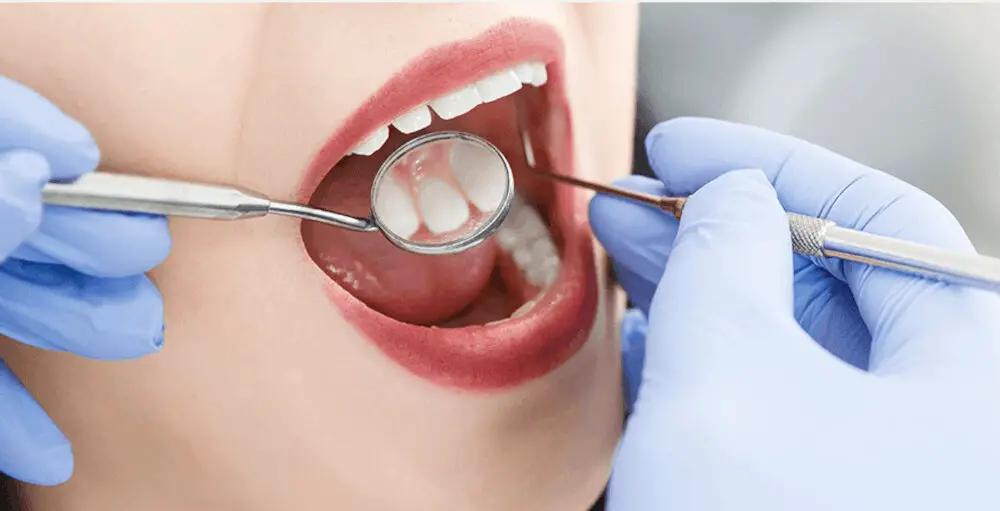
Extracting the first molar can have a significant impact on an individual’s overall oral health. It is essential to understand the consequences of this procedure to make an informed decision about whether or not it is the right choice for you. One of the most significant consequences is the potential for shifting teeth. The first molar is located at the back of the mouth and helps to support the surrounding teeth. When it is removed, the other teeth in the area may start to shift, causing misalignment. This shifting can impact an individual’s bite, leading to a range of issues such as difficulty chewing, speaking, and even breathing. Another consequence of first molar extraction is the potential for bone loss. The roots of the first molar penetrate deep into the jawbone, and when it is removed, there is a gap left behind. Over time, that gap can cause the surrounding bone to weaken and deteriorate. This can lead to a host of problems, including difficulty fitting dentures, facial changes, and even a higher risk of jaw fractures. It is essential to consider these consequences carefully before deciding to have a first molar extraction. Your dentist or oral surgeon can help you understand the potential risks and benefits of this procedure and recommend the best course of action for your individual needs.
Extracting the first molar can have a significant impact on an individual’s oral health. The first molar is responsible for supporting the upper and lower arches of the mouth. Its removal can lead to a shift in the remaining teeth, causing misalignment and bite problems. This can result in gum disease, jaw pain, and even further tooth loss. Additionally, the loss of the first molar can also lead to a reduction in bone density in the jaw, which can weaken the overall structure of the mouth. Therefore, it is essential to consider alternative treatments before opting for extraction and to seek the advice of a dental professional to ensure the best possible outcome for your oral health.
Extracting the first molar can have several potential consequences that can affect your oral health. One of the most common issues is the shifting of teeth, which can lead to bite problems. Teeth are designed to work together in a specific way, and when one is missing, the others will try to fill the gap, causing them to shift out of place. This can result in bite problems, such as an overbite or underbite, which can make it difficult to chew properly or even speak clearly. In addition to bite problems, the extraction of the first molar can also cause other issues, such as changes in the shape of your face, gaps between your teeth, and a higher risk of tooth decay and gum disease. Therefore, it is important to understand the potential consequences of extracting the first molar and to work closely with your dentist to develop a treatment plan that will minimize any negative effects on your oral health.
Alternatives to extraction
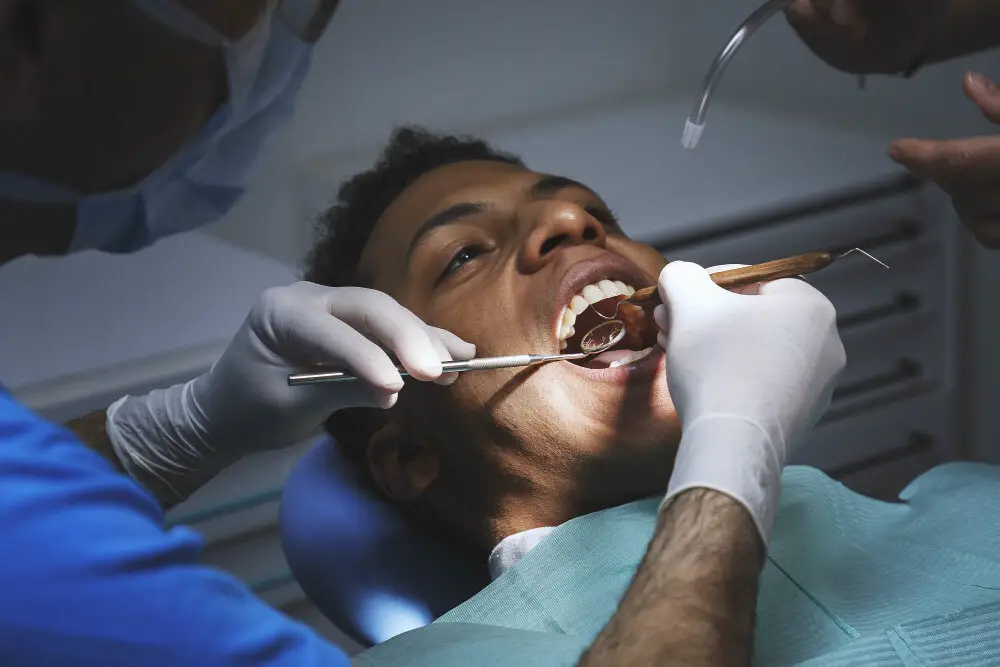
When it comes to dental procedures, extraction is often seen as the go-to solution for a variety of issues. However, there are several alternatives to extraction that may be more beneficial for your oral health in the long run. One such alternative is root canal therapy. This procedure involves removing the infected or damaged pulp from the tooth and replacing it with a filling material. Root canal therapy can help save a tooth that would otherwise need to be extracted, while also preventing the spread of infection to other teeth. Another alternative to extraction is dental implants. If a tooth has already been extracted, a dental implant can be used to replace it. This involves placing a metal post into the jawbone and attaching a prosthetic tooth to it. Dental implants are a long-lasting and natural-looking solution that can help preserve the structure of your jawbone and prevent surrounding teeth from shifting. In some cases, orthodontic treatment may also be an alternative to extraction. By using braces or other appliances, orthodontists can help reposition teeth and correct bite issues, eliminating the need for extraction.
When it comes to first molar issues, there are several alternative treatments available that can help alleviate pain and preserve oral health. One option is a root canal procedure, which can remove infected or damaged tissue from the tooth’s pulp and save the natural tooth. Another option is a dental implant, which involves placing a prosthetic tooth root into the jawbone to support a replacement tooth. This option is ideal for those who have lost their first molar due to injury or decay. Additionally, a dental bridge can be used to fill the gap left by a missing first molar. This involves attaching a replacement tooth to the adjacent teeth on either side of the gap. It is important to discuss all treatment options with your dentist to determine the best course of action for your individual needs and oral health.
Preserving the first molars is crucial in maintaining good oral health. These teeth play a significant role in chewing and grinding food, and their loss can cause a shift in the surrounding teeth, leading to further dental problems. The first molars also serve as a foundation for the rest of the teeth in the mouth. Extracting them can cause a chain reaction of issues, such as malocclusion and impaction, leading to further tooth loss. It is important to understand the consequences of extracting these teeth and to seek alternative solutions, such as root canal therapy, to preserve them. By doing so, it can help prevent future dental problems and maintain the overall health of your teeth and gums.
The first molars are crucial teeth in our oral health as they play a significant role in chewing, biting, and grinding our food. These teeth are located near the back of the mouth and are responsible for distributing the pressure of the bite evenly. They also help to maintain the alignment of the jaw and teeth, which is essential for proper speech and digestion. Losing a first molar can have severe consequences for our oral health, including shifting of the remaining teeth, changes in the bite, and potential jaw problems. Therefore, preserving the integrity of our first molars is essential in maintaining a healthy, functional, and beautiful smile.
Extraction of a first molar can have several potential consequences that can negatively affect your oral health. Firstly, it can cause the remaining teeth to shift and create gaps, leading to misalignment and further dental issues. Secondly, the loss of a molar can affect the way you bite and chew, leading to strain on other teeth and jaw muscles. Thirdly, the gap left by the extracted tooth can cause bone loss in the jaw, leading to further tooth loss and a sunken facial appearance. Finally, extraction can also impact the health of the surrounding teeth and gums, leading to increased risk of decay, infection, and gum disease. Therefore, it is important to understand the potential consequences of extraction and consider alternative options to preserve your dental health.
The first molar in both the upper and lower jaws is considered to be one of the most essential teeth for proper chewing and grinding of food. Due to its location and size, it plays a crucial role in maintaining the structural integrity of the entire dental arch. Extracting this tooth can lead to a domino effect of negative consequences for the rest of the teeth, including shifting and misalignment, which can lead to bite problems, gum disease, and even tooth loss. Therefore, preserving the first molar is crucial, as it ensures long-term oral health and overall well-being. It is essential to maintain regular dental check-ups and follow proper oral hygiene practices to prevent the need for extraction and maintain healthy teeth and gums.
Conclusion

In conclusion, extracting the first molar can have significant consequences on the overall oral health of an individual. It not only affects the remaining teeth but also the surrounding bones and tissues. The loss of the first molar can lead to shifting of teeth, bite problems, and even jawbone deterioration. It is imperative to understand the importance of preserving natural teeth and seeking alternative treatments before resorting to extraction. Regular dental checkups and early intervention can prevent the need for tooth removal and ensure a healthy, functional smile for years to come.



